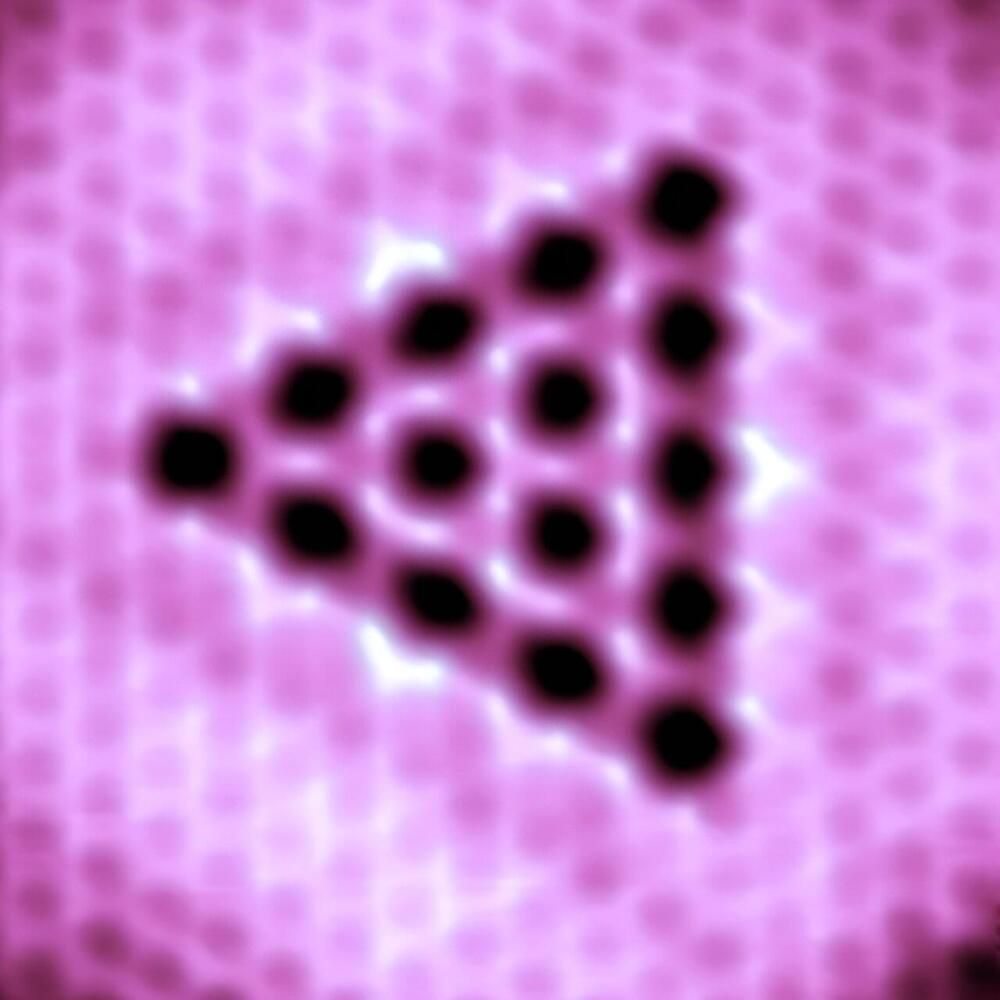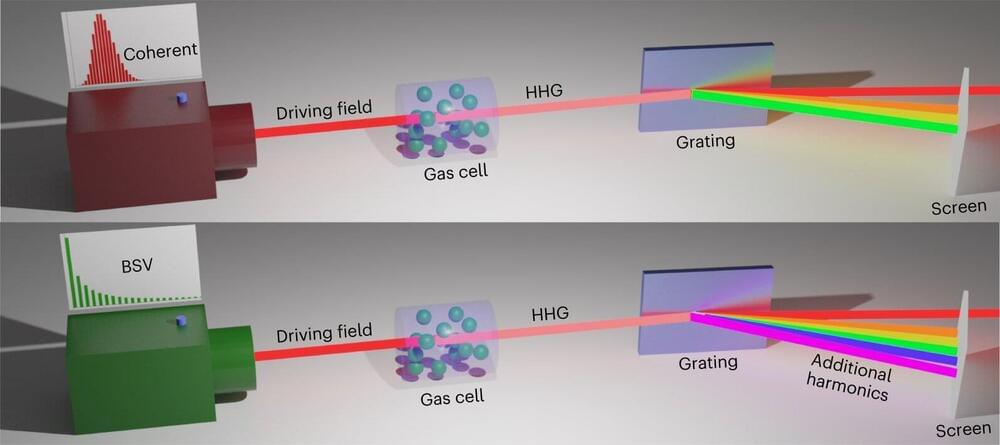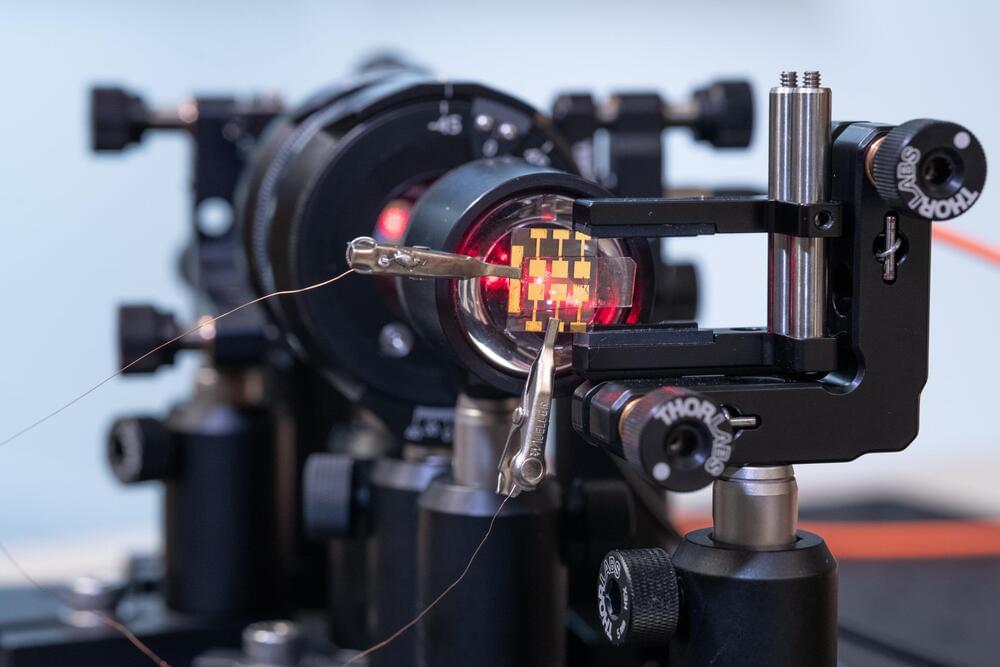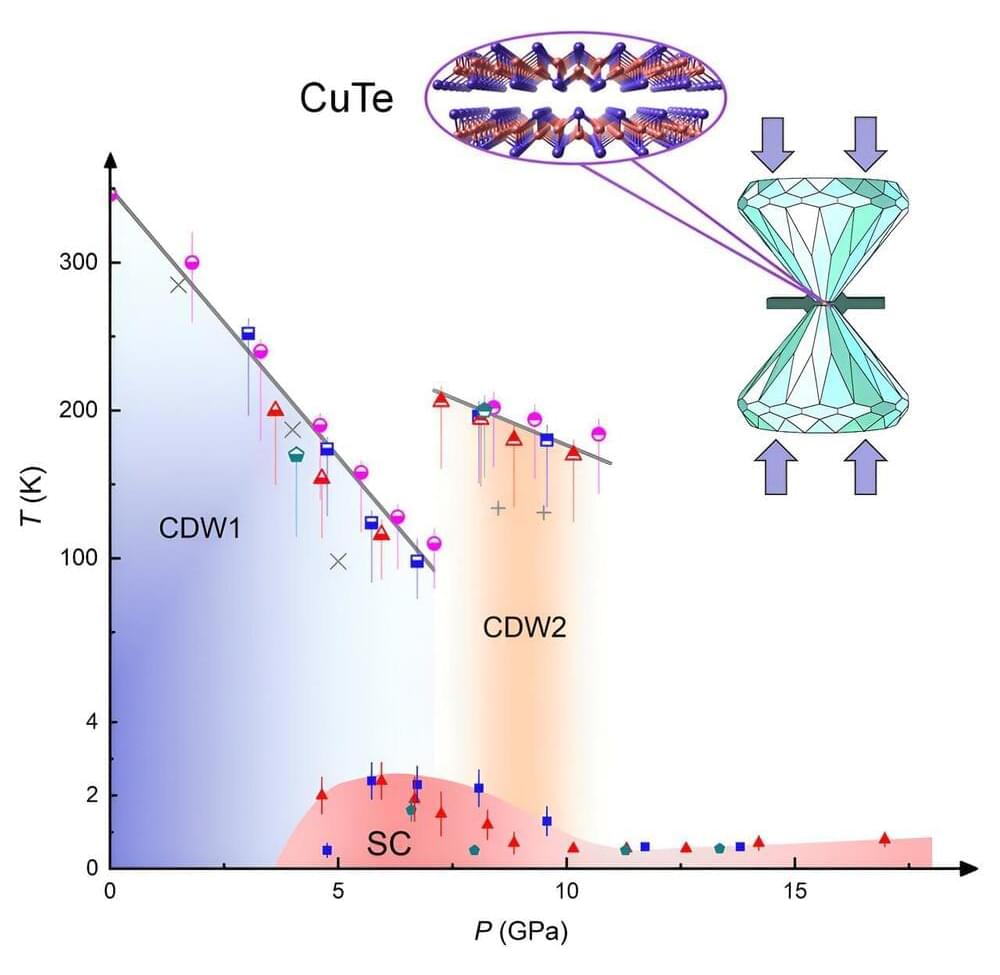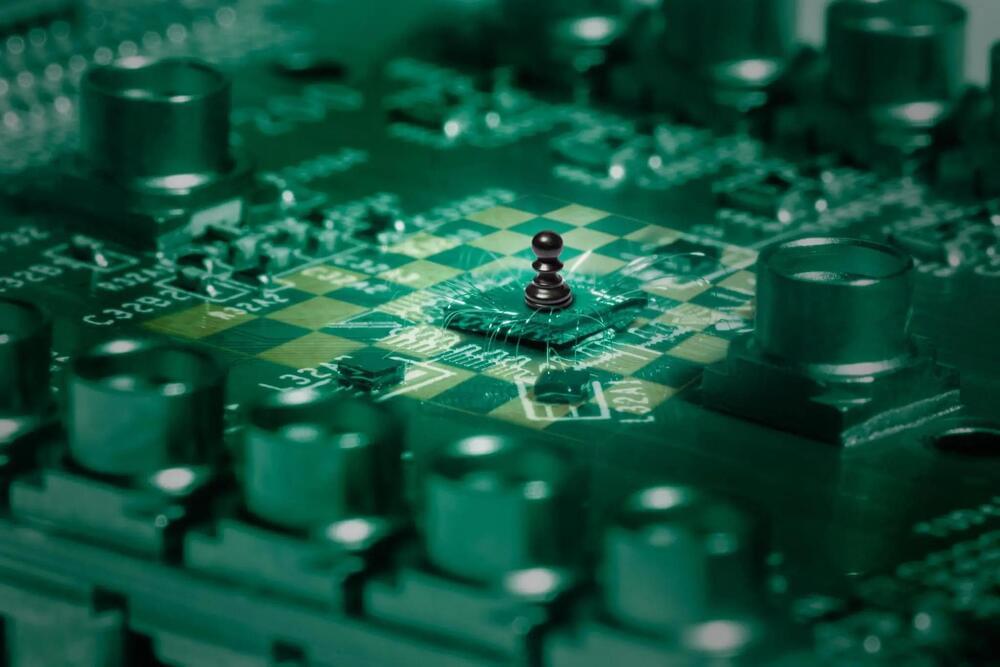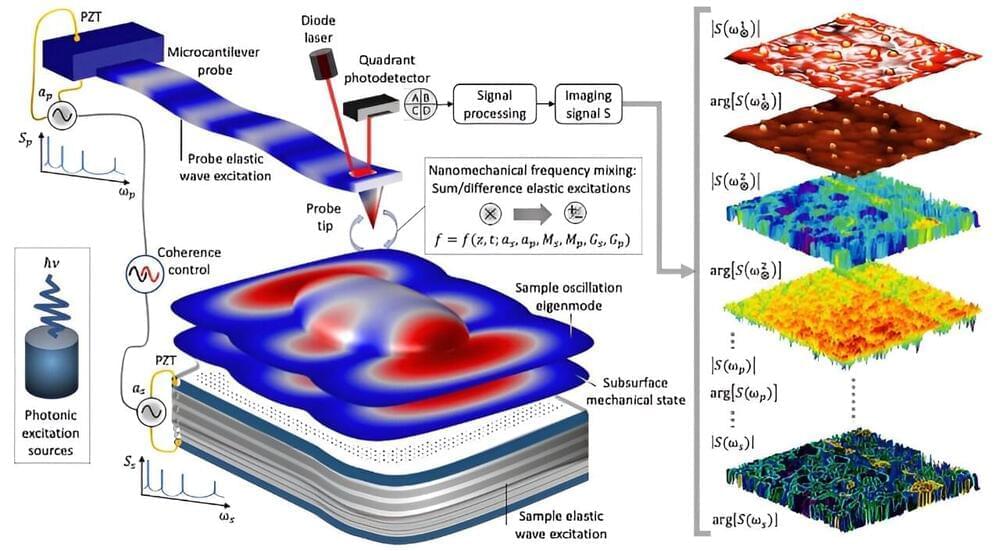Perovskite light-emitting diode is used as the light source for a quantum random number generator used in encryption.
Encryption plays an important role in protecting information in this digital era, and a random number generator plays a vital part in this by providing keys that are used to both encrypt and unlock the information at the receiving end.
Now, a team of researchers has made use of light-emitting diodes made from the crystal-like material perovskite to devise a new type of Quantum Random Number Generator (QRNG) that can be used for encryption but also for betting and computer simulations.

